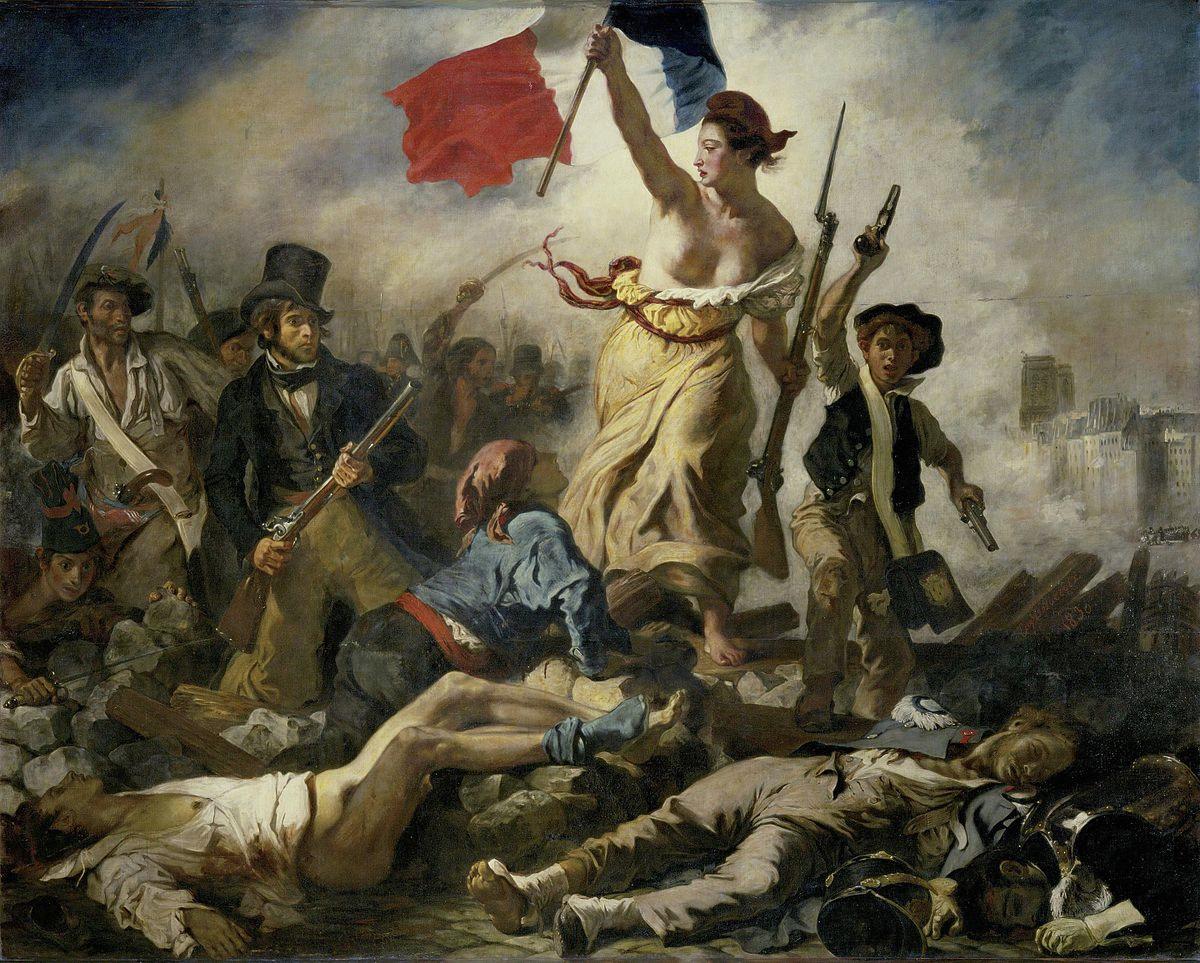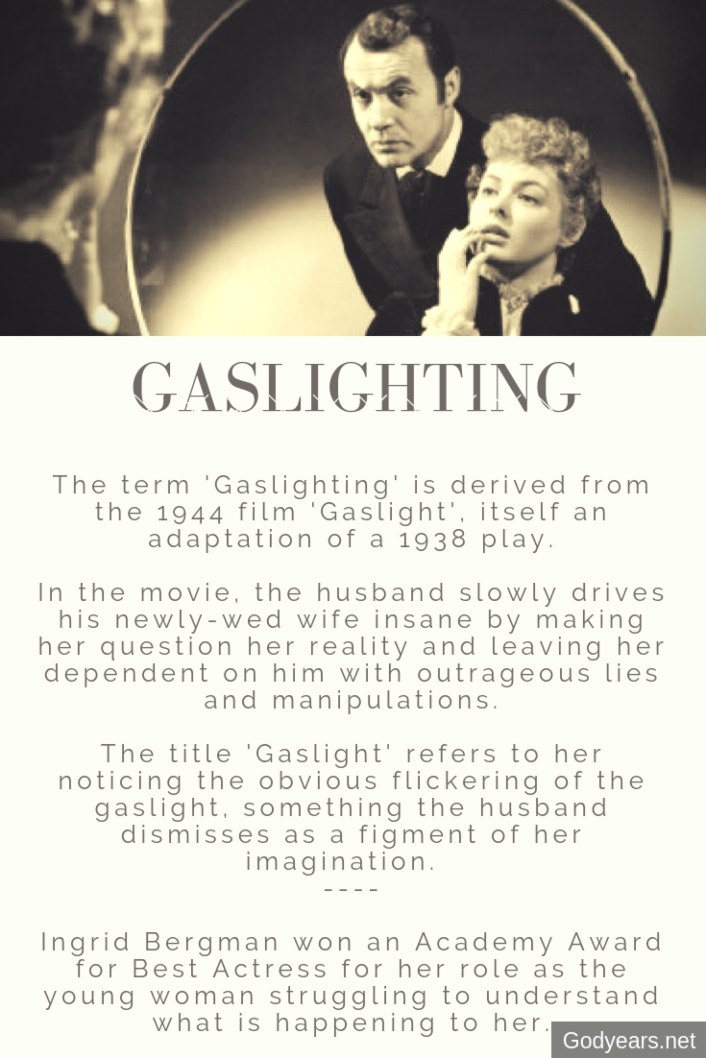
Krampus is half-goat/half-man anthropomorphic character. His mission? To punish children for bad behavior. While most people know of his traditional lashings, many people are unaware of the many ways he punishes naughty children. Krampus is also known to kill, drown, or eat children.
Krampus, an anthropomorphic, horned figure, is
Krampus is a half-goat, half-demon anthropomorphic figure that haunts children during Christmas. Sometimes he helps Saint Nicholas, the first good person of December. While Saint Nicholas gives presents to children who do well throughout the year, Krampus punishes misbehaving children. To scare off naughty children, he is often depicted holding a pitchfork and birch trees.
Krampus, an ancient demon who emerged from the forest during the winter solstice, was originally the symbol of fear and terror. The evil Krampus has horns resembling goats and cloven hooves. He also wears filthy clothes. The Krampus is feared by people because he whips them and makes frightening sounds.
He is half-man and half-goat.
Krampus is an Austrian and German folklore figure. He's half-goat/half-man and punishes children who break the rules. Krampus can stuff children in a sack and transport them to hell when they do something wrong. Krampus will tie or drown children who are especially misbehaving.

Krampus is an interesting myth, with a troubling origin story. He is anti-Saint Nicholas. He is believed to punish children who behave badly, while Saint Nicholas rewards good children. Although it's not clear if Krampus exists, many believe that he is a mythical creature that scares children who are bad-mannered during Christmas. Some believe Krampus is a punisher who carries chains, birch sticks and even a pair of birch sticks.
He punishes naughty children
Krampus is a German word that means horns. Krampus (also known as Evil Santa) is a half goat-half demon-horned creature. Legend says that he drags children to the lair of his lair, punishing them for being naughty. Krampus is the son of Hel, the Norse goddess of the underworld. She presides over the underworld, where her portion of the dead is received.
The legend surrounding Krampus is quite ancient. The legend of Krampus dates back to the 17th Century and portrays a devil-like person holding a bag of kidnapped young children. Though the character was originally conceived as a merry man, the shape of his devil-like form did not solidify until holiday postcards became popular in Austria. The character's appearance was influenced by the fin-de-siecle obsession with the gods of myths or animals.
He is St. Nick's dark friend
Many people associate St. Nicholas to the sweet, well-behaved children that he rewards on December 6. While Saint Nicholas focuses on rewarding good behavior, Krampus punishes naughty children. Popular culture has depicted his sinister and gruesome persona. As a result, the name "Krampus" has come to symbolize this dark companion of St. Nicholas.
Krampus was originally a pagan symbol. He was associated with pagan celebrations at the winter solstice in the early centuries. After Christianity became the dominant religion, Krampus was associated with St. Nicholas and became an integral part of the Christmas holiday. On the day of St. Nicholas's Day, Krampus, a devil-like creature, visited children with a switch. In some regions, he has been revered and major celebrations are held in his honor.

He is very similar to the devil.
Krampus is a devil-like creature, but he has many differences. Belsnickel is his German name. He is a monstrous demi-god with a furry body and a long tongue. Some believe his origins stem from the medieval devil, which had a masked face. It is possible that the term stems from Knecht Rudrecht, the medieval companion of St Nicholas. In certain areas of modern Germany, you can still see him.
While the origin of Krampus is unknown, the figure has been associated with the underworld since ancient times. Hel is the Norse god Loki's god of the dead. She looks almost like a woman but her legs are actually the same as a corpse. Additionally, her image was split in two. According to this myth Krampus, an ancient devil-like creature similar to the devil, has a similar appearance.
FAQ
How did pop culture come to be?
It was an accident. The mistake that caused the first song to be written was when someone accidentally knocked a piano over while playing on New Years Eve 1920.
The recording company loved the music and decided to make it a single.
This single was the first to be officially recorded.
Pop music is today the most popular form musical entertainment.
What does pop culture teach us?
Modern society places more emphasis on material possessions than other things. This is especially true for young people. They spend hours a day staring at screens. They watch movies, play video games, and surf the web. All of these distract them from the task at hand, which is to complete school work. This leads to them failing classes.
It is a world where everyone wants in. That means being popular. Popularity is dependent upon having money, clothes and other possessions. This causes some people to do things they don't like.
We have become dependent on technology. We now have access to all types of information thanks to technology. Unfortunately, not everything is accurate. Many false rumors circulate on the Internet. These rumors are quickly spread by people sharing them on social media. It's easy just to post something and not verify its authenticity.
People have lost their ability for critical thinking. They believe everything they read on the Internet. They believe everything they read in magazines and on television. They stop thinking for and about themselves. Instead, they follow the crowd.
We lose control when we rely on other people to tell us what's up. Pop culture teaches you to depend on others. It can also make us lazy. The truth is out there, but we don't always find it.
Who was the first to coin the term Pop Music
Frank Zappa invents the term pop music. Pop music was his preferred style.
He said that he wanted music to appeal to everyone. His music is called pop music because of this.
Zappa also invents the phrase "You'll know it's pop when ..."". It means that something is extremely popular if you have many people enjoying it. Michael Jackson's Thriller albums are among the most-sold.
Zappa's definitions for pop music are quite different from the current. Pop music today includes all kinds of music. Back then, pop music was limited to certain types of music.
How can pop culture be used in marketing strategies?
Understanding pop culture trends is key to understanding how to incorporate it into your marketing strategy.
Let's assume, for example that you wanted a promotion to promote a new movie. What kind of promotion would you be able to run?
You could create a trailer with clips taken from the film. You can even find clips that feature your products and services to include in your trailer.
Or perhaps you could create a parody version of the trailer using other famous films.
If you were promoting a product or service that related to the film's theme, then you could create a promotional campaign based on the movie's plotline. One example: If you are promoting a product or service that helps astronauts keep healthy while they travel through space, it might make sense to promote the product.
Promotions could be run based on the plotline if you have a business that is related to the movie's themes. You could, for example, offer food samples to customers who purchase tickets to the movie.
What is pop media culture?
Pop culture is all around. It's everywhere we go: TV, radio, film, music, magazines, newspapers, websites, social networks, etc. It is everywhere we go, 24/7. It affects everything from music to clothing and food to politics and religion. What exactly is pop culture? According to Wikipedia, "Popular culture (or popular culture) refers to the products and ideas produced for mass consumption in society." Many believe this applies to entertainment such as movies, TV, music and fashion. Pop culture encompasses much more than entertainment. This term refers to anything consumed by the masses such as video games and sports, toys or clothing, fast food, political campaigns and many other things.
Are Tik Tok and its pop culture?
Yes, it is! It's not limited to teenagers. You can make these short videos for anyone.
The app is used daily by more than 200 million people around the globe. This number continues to grow by millions every single day.
TikTok is a great way for brands to connect and create meaningful relationships with consumers.
TikTok is also home to many influencers who have built massive followings on the platform. These creators create original content which engages audiences around the globe.
So, what are you waiting? If you want to take advantage of this trend, here are four ways to do it.
-
Create viral content
-
Engage Influencers
-
Use Visuals Effectively
-
Be creative with your audience
What is popular culture in music?
Popular Music Culture takes many forms.
The use of certain music styles (e.g. jazz, rock) and lyrics is what defines popular music culture. It also includes the impact of visual media such as television, fashion and advertising on artists' careers, as well as public perception.
It's also about how fans interact with their favorite artists.
One aspect of popular music culture is the rise of "superstars," artists who have achieved fame, fortune, and status for themselves.
These icons transcend many genres and have become cultural icons. Their popularity has also influenced the development of popular music.
Other elements of popular music culture include:
* The rise of recording technology - from acoustic instruments to electric guitars and microphones;
* Invention of the record player and radio
* The dawn of rock 'n' roll;
* The introduction of television and film
* The introduction of MTV and VH1
* The creation the internet.
Statistics
- For example, the term hater meaning someone who strongly undermines or criticizes others, often due to pathetic jealousy, likely emerged from hip hop culture, such as the term playa hateras, used by influential rapper Biggie Smalls as early as 1995. (simplicable.com)
- Latinos represent roughly 19% of the U.S. population. (npr.org)
- [17][18][19]Definition[edit]According to author John Storey, there are various definitions of popular culture. (en.wikipedia.org)
- According to CNBC.com, “more than 70% of the film's revenue came from countries outside the US” (https://www.cnbc.com/2019/01/08/aqua...nal-sales.html, ret. 8/18/19). (socialsci.libretexts.org)
- According to Kathryn Sorrells (2013, pp. 142-144), there are several ways that we can become informed consumers of popular culture. (socialsci.libretexts.org)
External Links
How To
Which companies have used pop music in their marketing strategies
In the past few years, many companies have used popular culture as part of their marketing strategy. Here are just a handful:
-
McDonald's – The McDonald's Superbowl 2014 campaign featured clips from movies like "The Big Short" and "Inside Out". The ad "I'm Lovin' It" featured images of people eating food while dancing to Drake songs.
-
Nike - In 2013, Nike released a commercial featuring basketball player Kevin Durant. He says that he was inspired and motivated by the movie Space Jam to get his shoes on and play basketball.
-
Coca-Cola - Coca-Cola created a series of commercials called "Americas Choice Awards" during the summer 2015. These ads were based on various categories such as Best Movie and Best TV Show. Each category received a 30-second advertisement at a fictional ceremony.
-
Google - Google announced in November 2015 that it would be sponsoring the Super Bowl for the first time since 2010. This included launching a website called google.com/superbowl, allowing users to watch highlights from previous games. Users could vote for their favorite team, and Google would display these results alongside the current team's scores.